A person’s hairstyle may have a major impact on their confidence and look. It’s a signature that people notice right away, and it’s thought to say a lot about who we are. Hair loss, however, may be emotionally distressing for many people. It may affect their sense of self-worth, their outlook on life, and their mental and emotional health. Several things, including heredity, hormones, illness, and even how you wear your hair, can lead to hair thinning or loss.
Causes of Hair loss
Hair loss is a multifaceted disorder with many potential causes. The best therapy for hair loss can only be decided upon once the underlying reasons have been identified.
Genetic Factors
Hair loss often has a strong genetic component and runs in families. Individuals can better estimate their risk for hair loss and take preventative steps if they are aware of the hereditary variables that contribute to it. You could be genetically susceptible to hair loss if either of your parents or other close relatives have had it. Hair follicles’ susceptibility to the effects of hormones is partially determined by genetics.
Hormonal Changes
Hormonal fluctuations can throw off the normal hair development cycle, leading to hair loss. Hormone-related hair loss can be identified and treated with the right knowledge of the hormones’ function in the process. Pregnancy hormones might put hair into a dormant state that accelerates shedding after giving birth.
Medical Conditions and Medications
Several different factors, including illness and medicine, can cause hair loss. Knowing how these things affect hair follicles might help people deal with hair loss better. Hair loss can be caused by fungal diseases of the scalp, such as ringworm. Hair loss due to a scalp infection can be reversed by treating the underlying condition.
Types of Hair Loss
The causes of hair loss and the best course of therapy depend on correctly recognizing the specific kind of hair loss that has occurred.
Androgenetic Alopecia
Androgenetic alopecia, also known as male or female pattern baldness, is the most common cause of hair loss in both men and women. This condition affects both sexes equally. The hair on the scalp thins down gradually and in a predictable rhythm.
Alopecia Areata
Alopecia areata is an autoimmune disorder characterized by the abrupt, localized loss of hair in the form of tiny, circular patches anywhere on the body, including the scalp. Hair thinning and loss result from an immune system attack on the hair follicles.
Telogen Effluvium
The temporary loss of hair that results from damage to the natural hair growth cycle is referred to as telogen effluvium. Factors that cause a significant number of hair follicles to enter their resting phase and shed more hair are common causes.
Hair Loss Treatment
Medications for Hair Loss
Minoxidil and finasteride are two examples of FDA-approved drugs used to treat hair loss. Finasteride is an oral medicine that blocks the synthesis of dihydrotestosterone (DHT), a hormone that can lead to hair follicle shrinking in people with androgenetic alopecia. Minoxidil is a topical treatment that helps enhance hair regeneration.
Hair Restoration Procedures
In hair transplantation, hair follicles are removed from one part of the body (often the back of the scalp) and then replanted in another part of the body where there is not enough hair. In patients with sufficient donor hair, this surgical treatment can give a permanent cure for hair loss, however, research properly to know the answer to the question “Does insurance cover hair loss?”
Laser Therapy
Red light therapy, or low-level laser therapy (LLLT), is a non-invasive treatment option for encouraging hair growth by increasing blood flow to the hair follicles and boosting cellular activity. Those with mild to severe hair loss might benefit from this technology, which can be administered via portable devices or in-office treatments.
Additionally, red light therapy at home has gained popularity as a convenient and cost-effective way to reap the benefits of this treatment for hair growth. Red light therapy devices designed for home use allow individuals to incorporate this technology into their daily routines.
Lifestyle Changes and Hair Care
For hair health and development, a diet high in protein, vital vitamins, and minerals is a win-win. Leafy greens, eggs, almonds, and fish are just a few examples of nutrient-dense meals that may help you keep your hair looking great.
Conclusion
The abundance of current treatments makes hair loss manageable. Several options are available to those struggling with hair loss, including laser therapy, dietary adjustments, and medically-approved drugs from the Food and Drug Administration (FDA). The best course of therapy depends on the specific origin and severity of the problem, therefore it’s important to talk to a doctor or dermatologist about your options. Early detection and the correct treatment approach can help people restore self-esteem and get their hair back to a healthy state. Don’t allow hair loss to stop you in your tracks; instead, learn about your alternatives so you can start taking care of your hair now.
Read Also: How To Speed Up The Shedding Of Hair After Using Laser Hair Removal?











































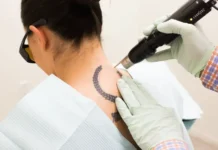
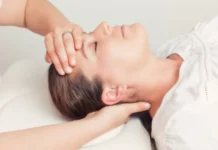

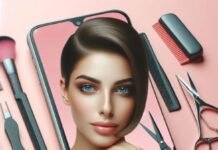
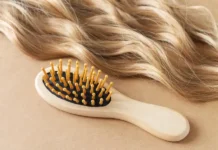
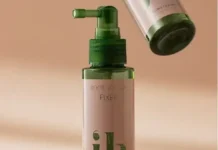
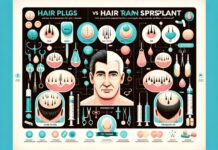
















![Charissa Thompson: Meet The Stunning TV Personality [Kyle Thousand] Charissa Thompson](https://www.apzomedia.com/wp-content/uploads/2023/11/Charissa-Thompson-100x70.jpg)
